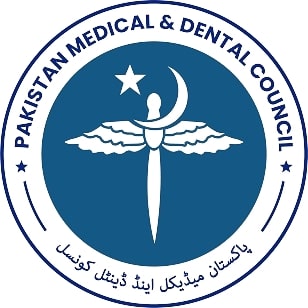Frequency of Pregnant Females with Adequate Knowledge Regarding Gestational Diabetes Visiting Public and Private Sector Hospital of Lahore
DOI:
https://doi.org/10.59058/jaimc.v20i1.7Keywords:
Pregnant females, gestational diabetes mellitus, adequate knowledgeAbstract
Background & Objective: Gestational diabetes mellitus (GDM) is a perfect window of opportunity for the prevention of DM in two generations, and its incidence is increasing in the world. Awareness of the condition among antenatal women may translate into prevention and early diagnosis of the disease. This study aims to assess the frequency of female with good knowledge regarding GDM during pregnancy, as only few females are aware of it. There is no local evidence available in this regard which could help us in determining the level of awareness in females belonging to local population regarding GDM.
Methods: Overall, 230 females fulfilling the selection criteria were enrolled in the study from OPD of Departments of Obstetrics & Gynecology of both hospitals. Informed consent was obtained. Demographic information (name, age, gestational age, parity, education level and socioeconomic status) was also noted. Then females were interviewed with researcher herself regarding their knowledge about GDM during pregnancy and adequate knowledge was noted (as per operational definition). All this information was recorded through pre-designed proforma.
Results: In our study, out of 230 cases, mean age was calculated as 28.38+3.71 years; mean gestational age was 28.84+3.38 weeks, frequency of adequate knowledge regarding gestational diabetes in pregnant females was recorded in 15.65%(n=36).
Conclusion: We concluded that the frequency of pregnant females with adequate knowledge regarding gestational diabetes is not high and needs some emergent steps to improve it for prevention of associated morbidities.
Downloads
Published
How to Cite
Issue
Section
License
Copyright (c) 2022 JAIMC: Official Journal Of Allama Iqbal Medical College

This work is licensed under a Creative Commons Attribution 4.0 International License.
The articles published in this journal come under creative commons licence Attribution 4.0 International (CC BY 4.0) which allows to copy and redistribute the material in any medium or format Adapt — remix, transform, and build upon the material for any purpose, even commercially under following terms.
-
Attribution — You must give appropriate credit, provide a link to the license, and indicate if changes were made. You may do so in any reasonable manner, but not in any way that suggests the licensor endorses you or your use.
- No additional restrictions — You may not apply legal terms or technological measures that legally restrict others from doing anything the license permits.
The editorial board of the Journal strives hard for the authenticity and accuracy of the material published in the Journal. However, findings and statements are views of the authors and do not necessarily represent views of the Editorial Board. Many software like (Google Maps, Google Earth, Biorender (free version)) restricts the free distribution of materials prepared using these softwares. Therefore, authors are strongly advised to check the license/copyright information of the software used to prepare maps/images. In case of publication of copyright material, the correction will be published in one of the subsequent issues of the Journal, and the authors will bear the printing cost.










